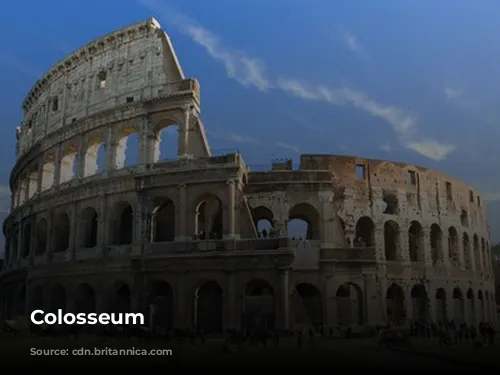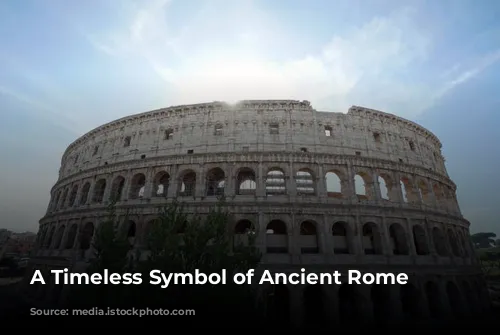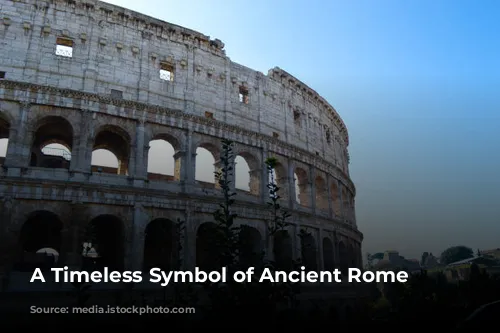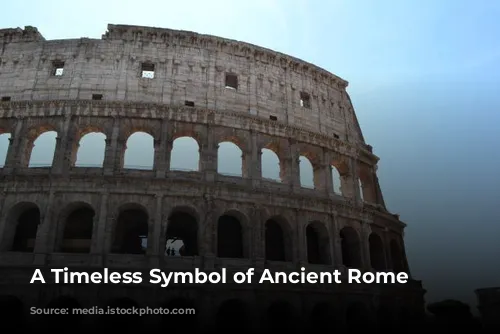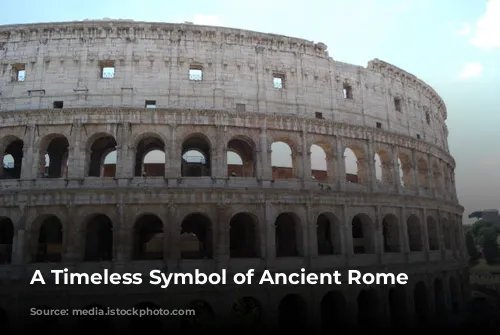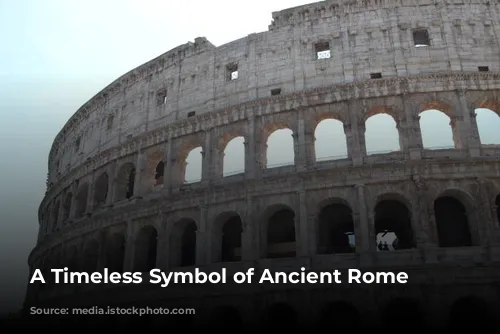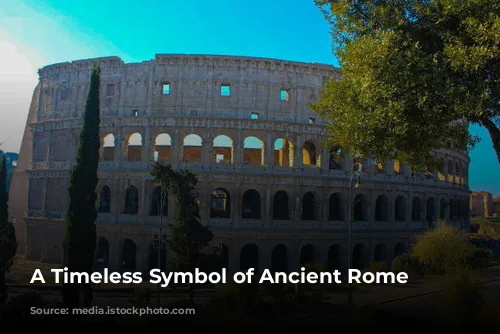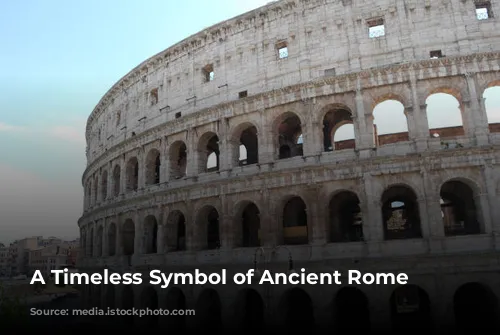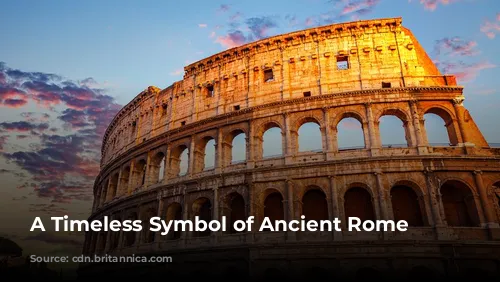The Colosseum, a towering testament to ancient Rome’s architectural and engineering brilliance, stands today as one of the few mostly intact structures from the Roman Empire. It’s not just a captivating relic of the past; it’s a major economic engine for Italy, drawing in millions of tourists each year. In fact, the Colosseum, along with the Roman Forum and Palatine Hill, generated over $63.3 million (€53.8 million) in revenue in 2018, making it the most lucrative tourist attraction in all of Italy.
This iconic monument has weathered the test of time, though not without its share of trials and tribulations. After the fall of the Western Roman Empire, the Colosseum fell into a state of serious disrepair. The 12th century saw the Frangipane and Annibaldi families repurpose the arena as their fortress, a far cry from its original grandeur. The late 15th century brought a period of even greater neglect, as Pope Alexander VI allowed the Colosseum to be used as a quarry. For over a thousand years, this once-proud structure languished, its glory slowly fading into oblivion. Finally, in the 1990s, state-funded restoration efforts began, breathing life back into this ancient wonder.
A Monument to Power and Entertainment
The Colosseum’s construction arose from the desire to revitalize Rome after the tumultuous year of the four emperors in 69 CE. Like other amphitheatres, the emperor Vespasian envisioned the Colosseum as a hub of entertainment, a place to host thrilling gladiator fights, captivating animal hunts, and even dramatic mock naval battles.
The Colosseum’s construction began under the reign of Emperor Vespasian between 70 and 72 CE. The completed structure was dedicated in 80 CE by Titus, Vespasian’s son and successor. The Colosseum’s fourth story was a later addition, added by Emperor Domitian in 82 CE. It’s fascinating to note that the arena was financed with the spoils from Titus’s conquest of Jerusalem in 70 CE, and it was built by enslaved Jews from Judaea, a stark reminder of the complex realities of the Roman Empire.
An Architectural Masterpiece
The Colosseum, also known as the Flavian Amphitheatre, is an awe-inspiring amphitheatre built in Rome under the Flavian emperors. This elliptical structure, constructed from stone, concrete, and tuff, rises four stories tall at its highest point. Measuring 620 by 513 feet (189 by 156 meters), the Colosseum could accommodate an impressive 50,000 spectators, making it a truly grand stage for gladiatorial combat and other spectacles.
Standing just east of the Palatine Hill, on the grounds of Nero’s Golden House, the Colosseum’s location itself held symbolic significance. The artificial lake that graced Nero’s palace was drained, and the Colosseum took its place, a bold statement replacing a symbol of tyranny with a structure dedicated to public entertainment. Vespasian, who rose to power from humble beginnings, chose to replace the tyrant’s private pleasure with a public amphitheatre that could unite tens of thousands of Romans.

Engineering Marvels and Spectacles of the Colosseum
The Colosseum’s construction marked a significant departure from earlier amphitheatres, which were often built into hillsides for added support. The Colosseum, a freestanding marvel, relied on a sophisticated system of barrel vaults and groin vaults, showcasing Roman ingenuity. The structure’s exterior is adorned with three stories of arcades framed by engaged columns in the Doric, Ionic, and Corinthian orders, a testament to the architectural knowledge of the time. The Colosseum’s rising arrangement of columns later served as the basis for the Renaissance codification known as the assemblage of orders. The primary structural framework and facade are made of travertine, while volcanic tufa forms the secondary walls, and concrete comprises the inner bowl and arcade vaults.
The amphitheatre’s design catered to the comfort of its vast audience. A massive retractable awning, known as the velarium, shielded spectators from the sun’s rays. Supporting masts extended from corbels built into the Colosseum’s top story, and hundreds of Roman sailors were needed to manipulate the rigging that controlled the velarium. The Colosseum was the scene of countless gladiatorial battles, animal hunts, and even mock naval engagements, attracting the attention of Romans from all walks of life. While the Colosseum’s role in the martyrdom of early Christians is a matter of debate, its historical significance is undeniable.
Enduring Legacy
Through the ages, the Colosseum has endured both periods of grandeur and neglect. During medieval times, it served as a church and later as a fortress for prominent Roman families. The ravages of time, including lightning strikes, earthquakes, vandalism, and pollution, took their toll on the monument. The marble seats and decorative materials were stripped away, leaving the Colosseum as little more than a quarry for over a thousand years. But the Colosseum’s legacy was too powerful to be extinguished.
In the 19th century, preservation efforts began in earnest, spearheaded by Pius VIII. The 1990s saw a significant restoration project, ensuring that this iconic structure would continue to stand as a symbol of ancient Rome. Today, the Colosseum remains one of Rome’s top tourist destinations, attracting nearly seven million visitors each year. Regular exhibitions showcasing ancient Roman culture further enhance its allure. The Colosseum stands as a timeless reminder of Rome’s past, an architectural masterpiece that continues to captivate and inspire the world.

